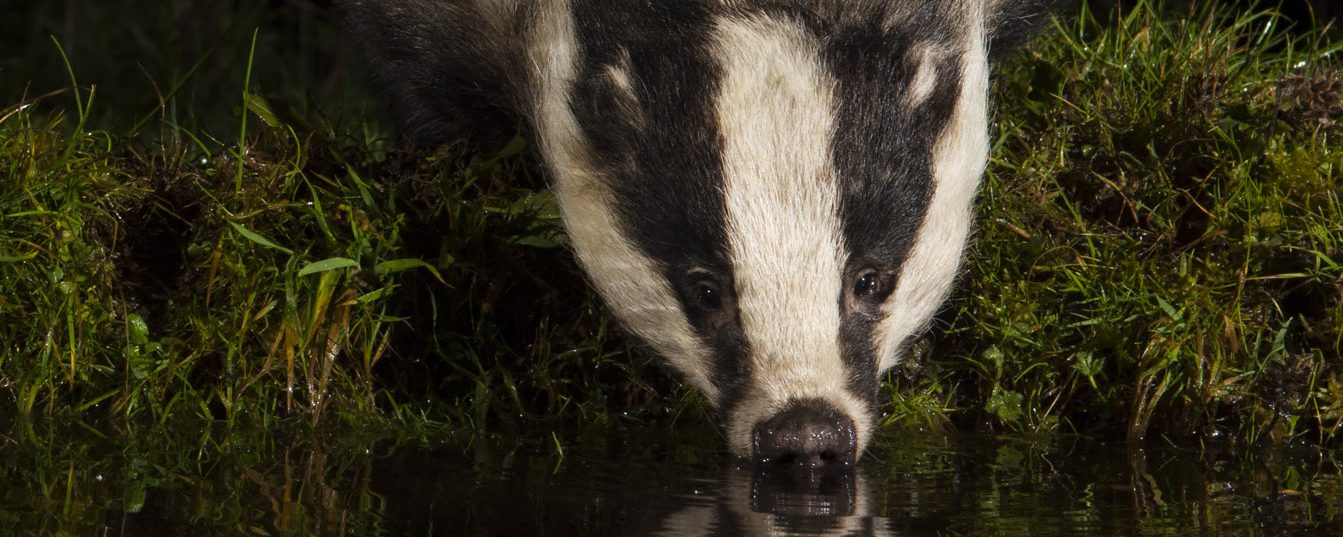An article in the Farmers Guardian (17.05.19) reports on certain conditions which Natural England are attaching to this year’s badger cull licenses as a result of legal challenges. The action in 2018 relating to 2017 licences was against Natural England’s omission of proper process in scrutiny of potential ecological impacts and did not particularise the method or manner of scrutiny or gathering of essential information beyond the normal accepted confines of the licensing system.
Although dispute resolution talks have being held with Natural England over the last few months, the detail and nature of the new licensing requests on predators and prey to cull companies have not been discussed. They are nevertheless consistent with the Natural England internal guidance developed last autumn. It would seem that the cull companies have been contacted regarding the normal requirements necessary to ensure that the Carnivore Release Effect (CRE) resulting from the 70%+ removal of badger populations can be recorded, with emphasis on, but by no means limited to both breeding bird and fox numbers.
Referring to a condition requiring the monitoring of fox numbers, Tom Rabbetts, head of TB delivery at the NFU is quoted as saying “When the cull companies were set up, this was certainly not a requirement. They have not recorded this data and they do not have access to every person controlling foxes in the area.”
He also questioned why cull companies were being forced to carry out the work when fox control was not part of their remit and NE has responsibility for collating data on wild bird populations. Normally in activities that cause or may cause impacts to SSSIs and European sites and species, the applicant is responsible as standard, both for provision of baseline information and for carrying out avoidance, mitigation or compensation activity.
This would include the monitoring of the effects of badger culling on breeding birds, roosting birds, butterflies, small mammals, other invertebrates and habitats that could be influenced by sudden reduction in higher trophic species, either immediately, or over a period of time for more subtle changes. The Badger Crowd believes that the ecological consequences of the removal of badgers could potentially be enormous, and thus far have not been measured.
New Natural England ‘Guidance on evaluating the ecological consequences of badger culling on European Sites’ here, issued within weeks of the judgement on the Judicial Review in 2018, suggests that the ‘trophic cascade’ effect from badger culling may potentially result in a requirement to control the number of other carnivorous species, including stoats, weasels and even hedgehogs. The Badger Crowd believes this is correct recognition of the huge potential impact of badger culling on wildlife sites of national and international importance and the countryside in general. Such impacts need investigating as a requirement of statute and must be taken as seriously as any other threat, such as road building.
Badger Crowd is seeking solutions to bovine tuberculosis for farmers and wildlife. We believe that badger culling is not an acceptable or effective solution and that impacts upon the environment are just one of the major issues that act against the interest of the countryside, taxpayers and farmers. It distracts from the real needs for better cattle testing regimes (including a halt to the misuse of and over-reliance upon the SICCT test) and the stopping of daily transportation of diseased stock around England. Immediate reform of poor veterinary advice and a compensation culture resting on public funds that further accentuates the problem is urgently needed.
Discover more from The Badger Crowd - standing up for badgers
Subscribe to get the latest posts sent to your email.

